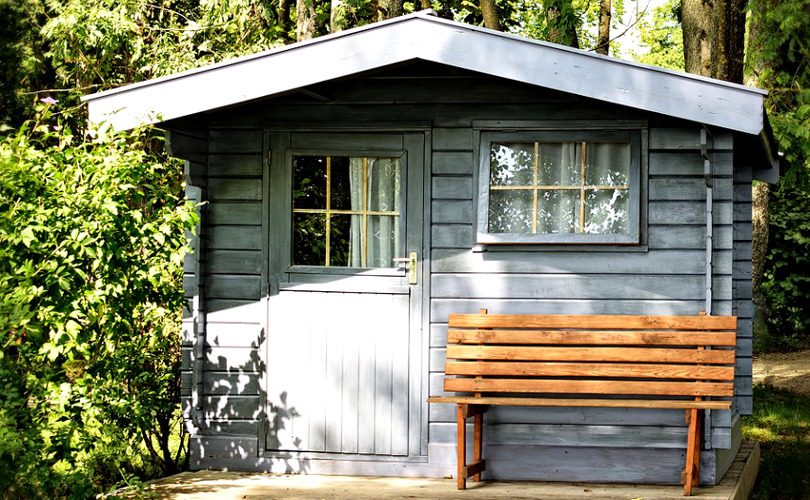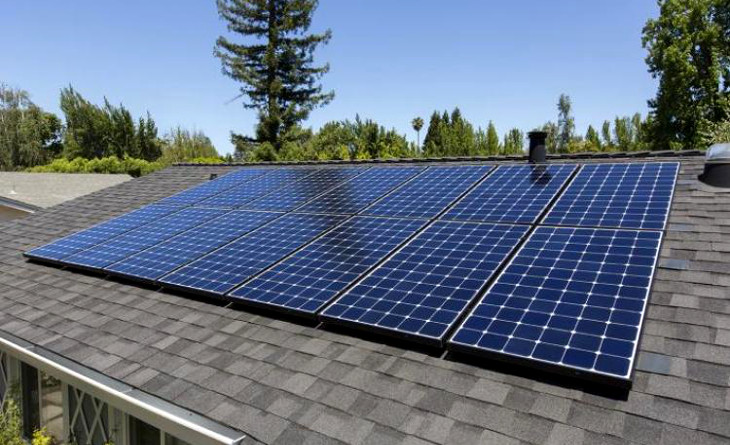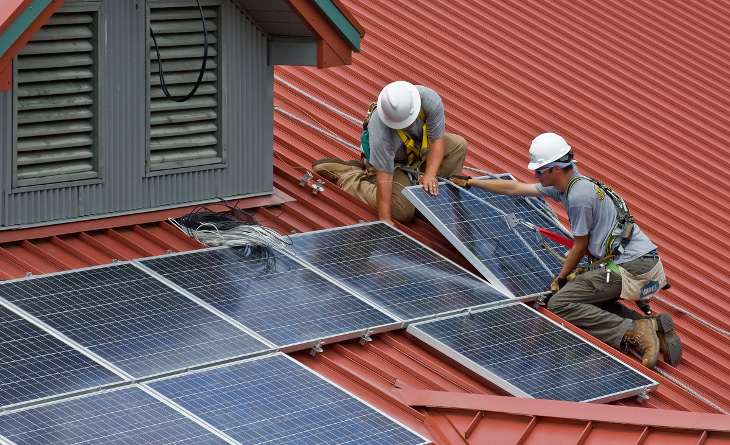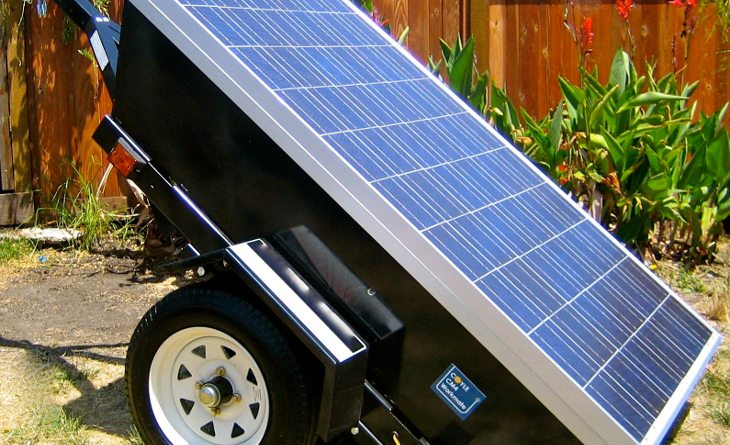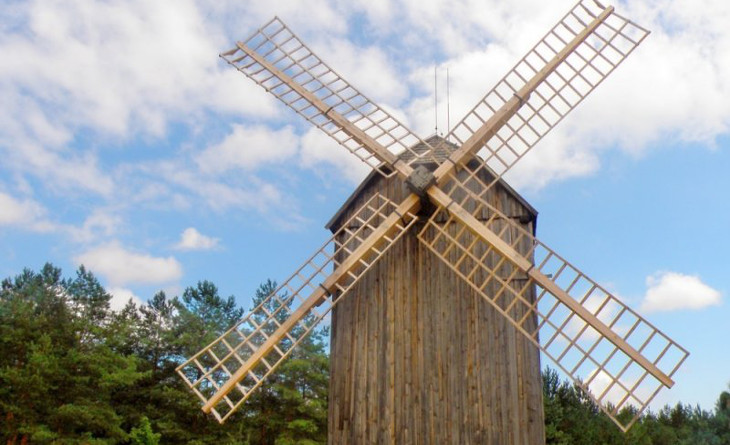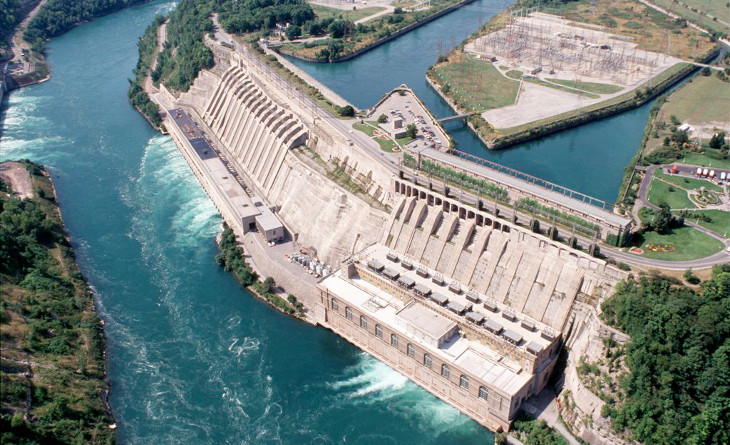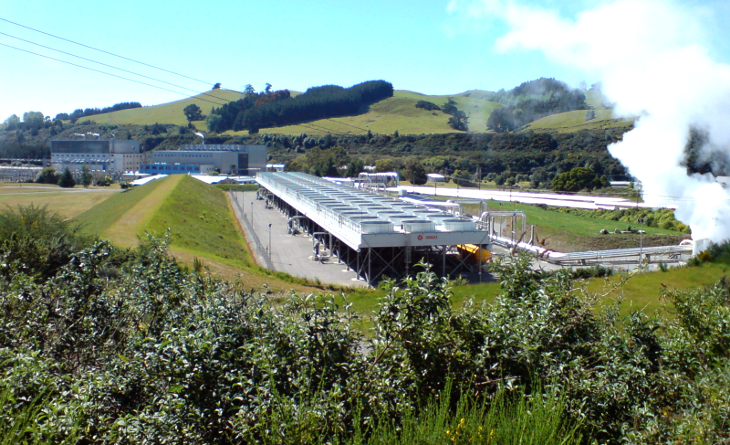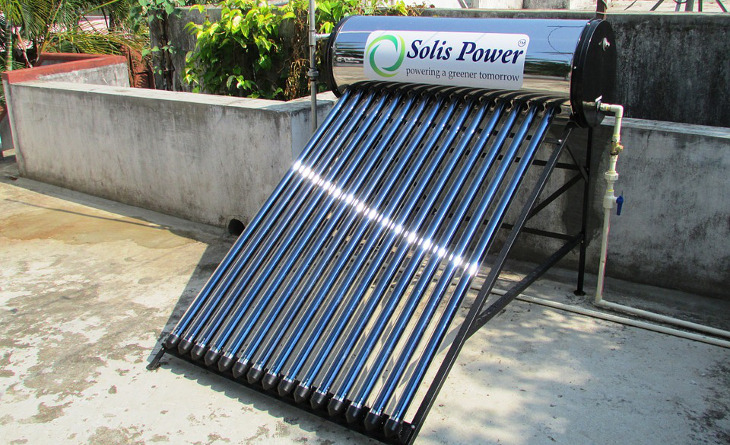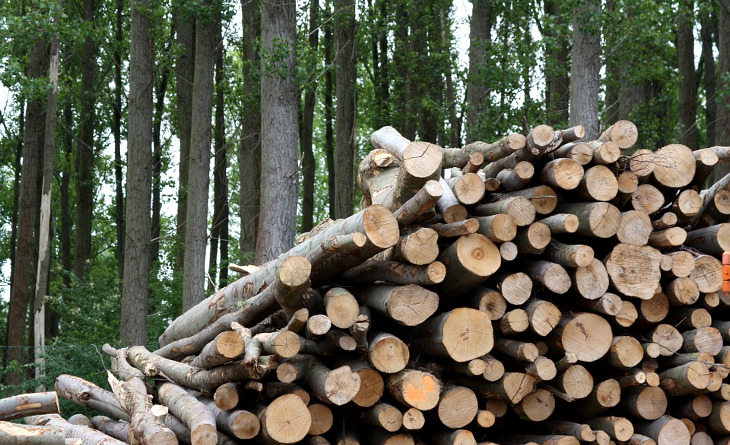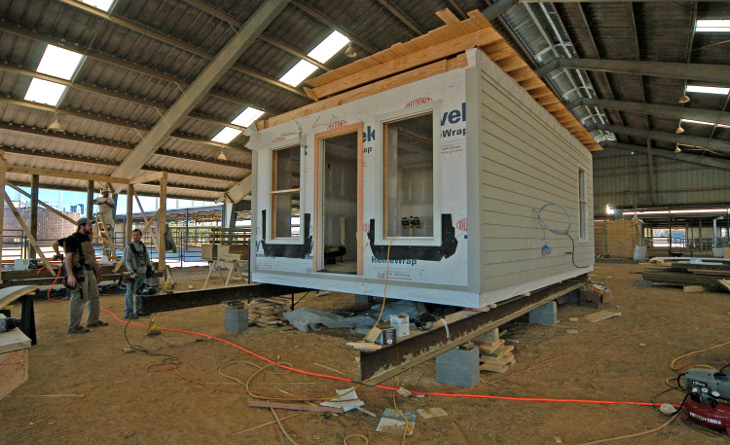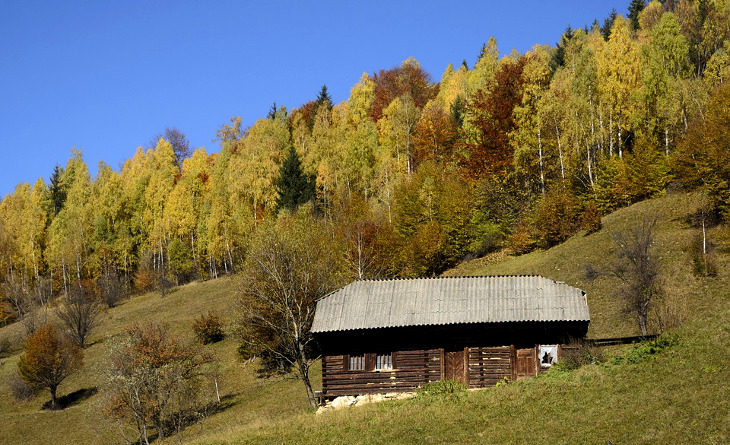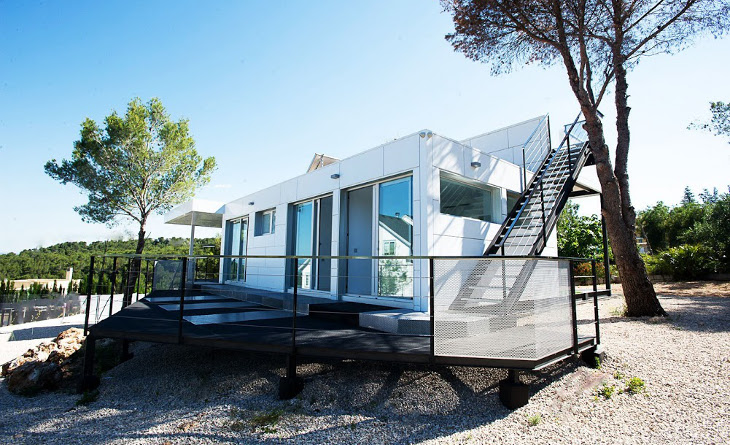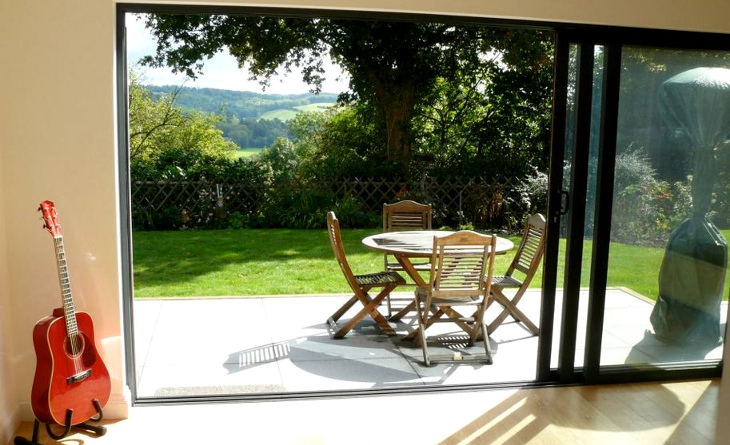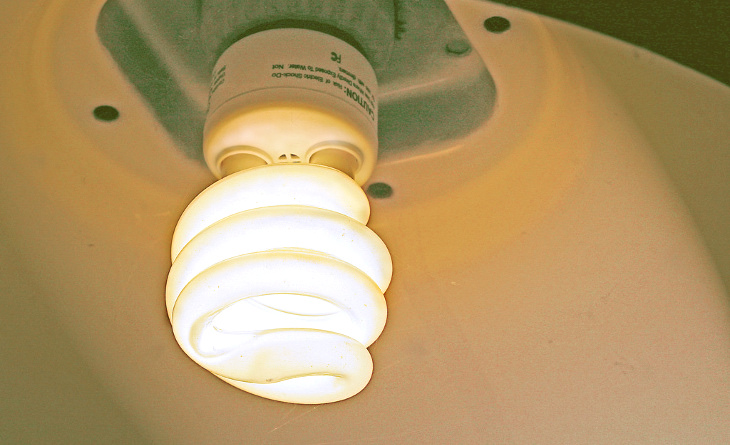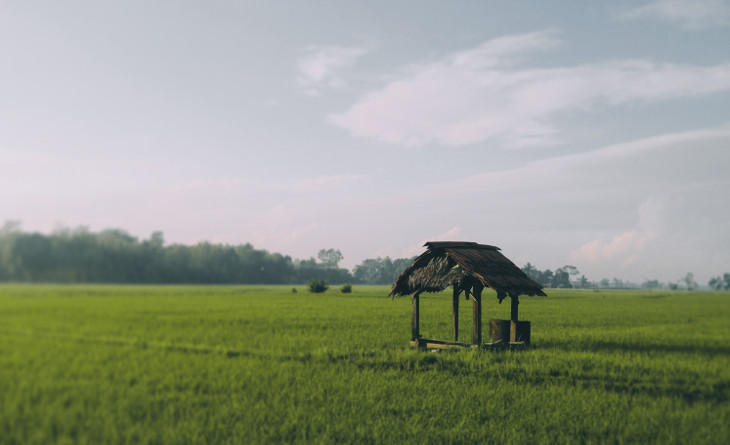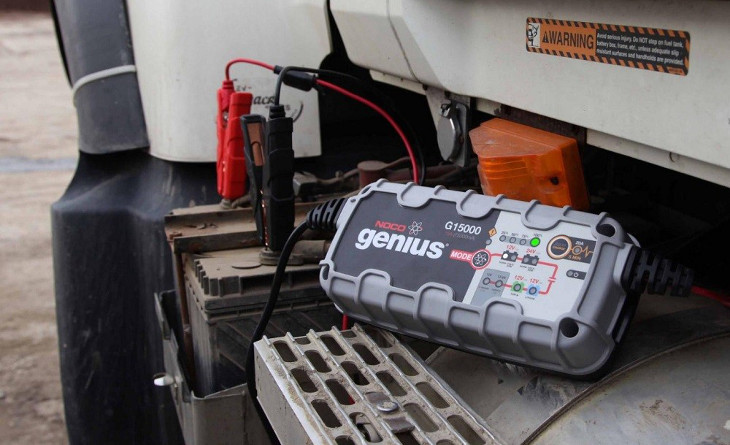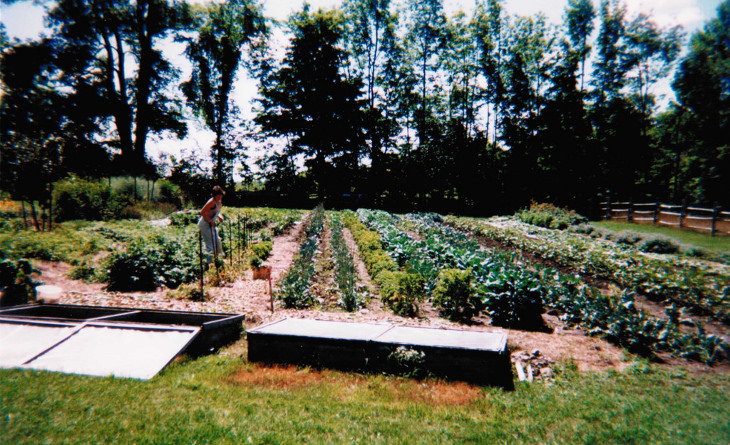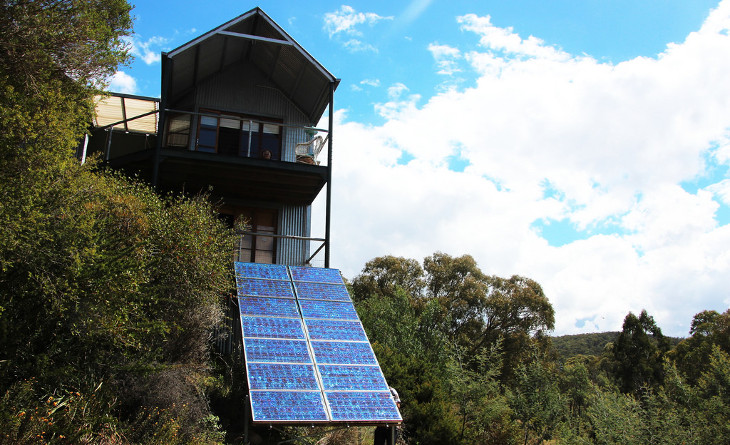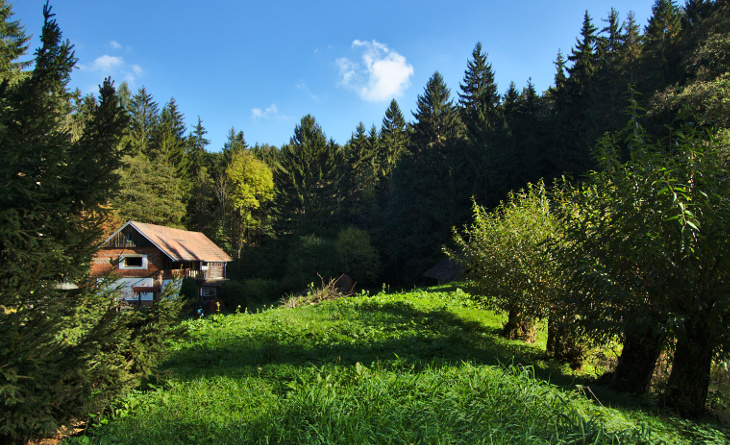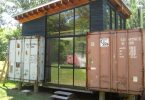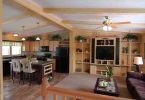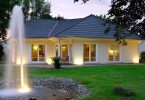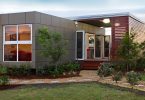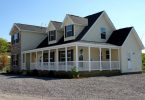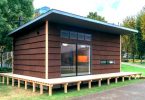Today it is possible to live in an off grid modular home, and it is easier than you think. The benefits are plentiful: it is good for the environment, cheaper utilities, no headaches and dependency on an unstable power grid.
This trend has caught on all over the world and many architects incorporate off grid features into their design. Many modular home manufacturers are offering various possibilities when it comes to off the grid living.
Getting a factory made modular home is easier than building a new one from scratch yourself and having the added benefits of incorporated features that enable to disconnect from the grid make them the perfect choice.
Why go off the grid?
One of the most important benefits of living off the grid is the independence from the electric power grid. Your home will not be a victim to possible power shortages and blackouts and you will have more comfortable living conditions.
Next is the economic factor: when building an off the grid modular home, the initial cost is far greater than a regular modular home dependent on the power grid. But the initial investment returns in a matter of about ten years in terms of saved energy.
For example, there are off the grid homes that cost only $3 per day to run. This is very good information to keep in mind if you are thinking about going off the grid.
Go “green”!
Off the grid modular homes have a smaller carbon footprint than regular homes. Carbon footprint is the amount of greenhouse gas emissions caused by an individual, event, product, etc, expressed as carbon dioxide equivalent.
Knowing that the modular home is built in a factory, already has a significant advantage over site built homes in terms of carbon footprint. And when you add off the grid living where you create the energy you use, the carbon footprint of the home will become significantly lower.
The less energy your home consumes, the less it needs to be produced globally, and the more the environmental benefits.
Sustainable and renewable energy sources
All of the energy sources that you can add to your home either use the Sun, the wind, the geothermal energy of the Earth and biomass. All of these are sustainable and renewable sources.
It is estimated that the Sun will continue to shine for about 5 million years. And also, as long as there is sunlight, there will be heat due to which the air will flow in different directions causing wind. And trees and plants will grow.
So, it is smart to invest in means to utilize the energy that comes from it, in terms of solar power, wind power, hot water etc.
How to actually go off the grid?
Going off the grid means that you disconnect the main power cable that brings power to your home from the power grid. But in order to do this, you should first have a proper power supply that will produce the energy your home requires.
There are several means for you to do this, and we’ll go and explain some of them in more detail.
Photovoltaic system
One of the easiest ways to produce your own energy is to install a photovoltaic system on your property. The photovoltaic system explores solar panels that contain solar cells which when exposed to direct sunlight generate electric power.
The photovoltaic system can be mounted on the roof of your home to save yard space and utilize unused roof area.
Today on the market there are even roof tiles with integrated solar panels, an easier way to introduce clean energy to your home. The photovoltaic system also contains solar inverter to convert the electric current from DC to AC, integrated batteries to store energy and appropriate cables, mounts and indicators.
The photovoltaic systems range from small roof – top mounted to large building integrated systems. An average home has an energy consumption of about 10 to 15 kilowatts per day, so a small to medium photovoltaic system should cover your basic energy needs.
If you produce more energy than you need, you can always sell the unneeded energy to the power company and earn extra profits.
Wind turbines
If your property is located somewhere with constant air flow than you can add one or more small scale wind turbines to harness the energy carried by the wind.
This is an alternative power source, as the wind is not as stable as other sources, but coupled with proper battery storage, this is also an effective way to produce electric power and not be dependent on the power grid.
Hydro power
If your home is located near a stream or river with constant flow, you can use the kinetic energy from the moving water and convert it to electric energy via a small hydroelectric system.
Geothermal energy
The Earth has a lot of energy in the form of heat stored inside. One way to tap into it is to use the geothermal gradient – the difference in temperature between the surface and the core of the planet. If you live near a geothermal hot spring, then you can use this source for heating your home.
Another way is the use of geothermal heat pumps that use air flow to draw heat from the earth and use the warm air to heat your home in winter. During summer, the surface has a higher temperature, and the earth is colder, so the geothermal heat pumps can be used to cool air and then use it to cool your home.
Solar water heating
One of the easiest and least expensive additions to your home to start getting off the grid or just as a means to lower the power bill is the addition of solar water heater. The solar water heater converts the sunlight into heat by using a thermal collector – basically, a water boiler powered by sunlight.
These are very popular around the globe and come in various sizes and models.
Use of biomass
The biomass is derived from plants. As a source of energy in home use, the biomass can be used most effectively via combustion for creating heat. Wood is the best representative of biomass; other sources are branches, twigs, leaves, yard clippings, wood chips etc.
Prepare your home to go off the grid
We will explain some of the basic things you need to consider when thinking of going off grid.
Consider a smaller home
An easy way to save on energy use is to get a smaller home. The expenses of running a large home are larger, and the energy requirements enlarge accordingly.
A smaller home uses less energy and even has a smaller carbon footprint. You can also implement all the mentioned ways to produce your own energy in a smaller home.
Use an appropriate design
The design of the off grid modular home should comply with your needs, but it should also utilize all the possible ways of using and saving energy.
One important feature is passive solar heating. Depending on the location of your home, the orientation should be such that it uses the most sunlight in winter, and is sheltered from direct sunlight in summer.
The house should have a large south facing windows that allow for a large amount of sunlight to enter and heat the inside and should have suitable overhang to prevent direct sunlight in the summer.
During winter, the most effective way to heat an off grid modular home is to use a central heating system powered by burning biomass (wood, pellets, and briquettes)
Insulate and insulate again
A key factor in saving energy in your home is proper insulation. There are many things that need to be considered when we talk about insulation. In a modular home there is significant insulation, to begin with, but if you are really going to be living off the grid, then you should consider adding even more.
The construction of a modular home begins with wooden beams and studs that become the frame of the floor, walls, and roof. The space in between should be filled with proper insulation in order to keep the heat outside during summer and keep the cold outside during winter.
Adequate doors and windows
The doors and windows have to have quality construction and be properly installed in order to prevent unwanted air flow and should allow for keeping a moderate temperature inside around the year without spending a lot of energy for heating/cooling.
The floor, basement or underside should be insulated as well. The roof has to be properly designed and insulated to prevent overheating and to enable good airflow around the house.
Energy saving lights
The incandescent light gives a more natural light, but they also use up to ten times more energy than the new LED lights. Every watt of energy is important when going off the grid, so you should install energy saving LED lights in your off the grid modular home.
Energy efficient appliances
When thinking of making an off the grid modular home for you and your family, you need to look at the appliances that you plan to install. All the newer model appliances have the energy label, noting their energy consumption, so you should think of installing such appliances and forgo older more energy inefficient appliances.
The water supply should be off the grid too
To really go off the grid, you can stop using the water supply. But you should make necessary preparations. First, you can make an investigation and see if your property has the possibility to have a well. Having a well with good quality water is essential for comfortable off grid living.
Another way you can get an independent water supply is if you install adequate water storage system. You can store rainwater and use it for your household needs. Another suitable water supply where possible is gravity fed spring water.
To ensure that your water supply will have good quality and be healthy to drink, you can add appropriate filters or even ask a specialist how to take care of good water.
Do not forget backup!
When thinking of going off grid living, you should always have a proper backup in place. You can install rechargeable battery packs (accumulators) to store the generated energy that is not used during the day. These can be Li-ion based or lead – acid based; the Li-ion ones are more expensive but have much better performance.
In the case of an emergency, you should also have another means for producing energy. A smart choice is a natural gas powered backup generator of 15KVA or more, with one or two fuel tanks.
There is also the possibility to store the generated energy in the power grid. Grid energy storage is a means to store excess energy in the power grid, and later energy will be returned when you will not be able to produce enough.
Pros and cons to living in an off grid modular home
There are many advantages to off grid living:
- No electricity or water bill; no electric wires and poles – the off grid living does not require paying utilities, and there is no need to have ugly electric poles and wired blocking your view.
- Creating your own clean energy – use the Sun, wind, water, and earth to produce clean energy from renewable and sustainable sources.
- May generate income if producing surplus energy – if you produce more energy than you need, then you can sell this to the power company.
- Possibility to install your modular home anywhere – going off grid means that you can live just about anywhere. And modular home manufacturers deliver almost anywhere, so there are no limitations to where you can choose to live.
- Positive effect on the environment – Off grid living brings you closer to nature and also has a positive overall effect on the environment by using renewable energy sources and taking care of waste management.
- Grow your food – if you live on a larger property somewhere more remote, then you can make a garden or a greenhouse and you can grow your food and be closely related to nature.
But there are also some disadvantages like:
- High primary costs – the cost of the property, the modular home, coupled with the high cost of the photovoltaic system and other energy sources can get very high very quickly. To ease this shock, you can gradually ease in off grid life.
- High maintenance and repair costs – if something goes wrong with the expensive energy generating or storing equipment then the maintenance and repair cost can set you back quite a lot.
Modern, useful, beautiful
When you say off grid modular home, someone may be reminded of a wood plank shack with an outhouse far away. But today’s markets offer something more different when we speak about off grid living.
Most of the modular homes manufacturers install additions per request, so you will get a properly built, modern and beautiful off the grid modular home made in accordance to your needs and wishes.
You can always add a garden, greenhouse or hydroponics to your property, and you can produce part of your food. You can also install drip systems to water the plants without unnecessary wasting water. The addition of a garden for food production increases the off grid living feeling and brings you closer to nature.
Conclusion
Off grid modular home is a good choice when you plan to cut the cord to the dependency on the power grid. Dig a well and you’ll give off the grid water supply as well.
Because modular homes can be delivered and installed anywhere, you do not have any limitations and can start living off grid at a place of your choosing. If you follow all the above-mentioned guidelines, you should not have any issues when creating your off grid heaven.
Already live off grid? Share your thought and experiences in the comments section below.

